Among the representatives of the mushroom kingdom, there are a lot of very unusual specimens both in shape and color. The purple mushroom is not rare, but due to its appearance is a rather exotic “inhabitant” of the forest. There are edible, conditionally edible and inedible mushrooms of violet color, which must be distinguished by any mushroom picker.
Content
Edible species of purple mushrooms and their description
Before you go on a “silent” hunt for such exotic mushrooms, you need to protect yourself from mistakes. To do this, it is not enough to know their names, it is important to familiarize yourself with the photo and description of the fruit in order to understand how the edible purple mushrooms look.
Purple pepper
Pecica is a representative of the genus of the same name. The mushroom has a small fruiting body, with a diameter of 0.5-3 cm in a cup shape. The leg of this species, as a rule, is absent, since pepper refers to discomycetes. However, a small false foot may be present. The surface of the pepper is smooth, the inner surface of the discomycete has a lilac color, but the outer one is pale and may have a grayish tint.
The fragile and thin flesh of the mushroom does not have taste and smell as such. The color of the pulp is lilac.
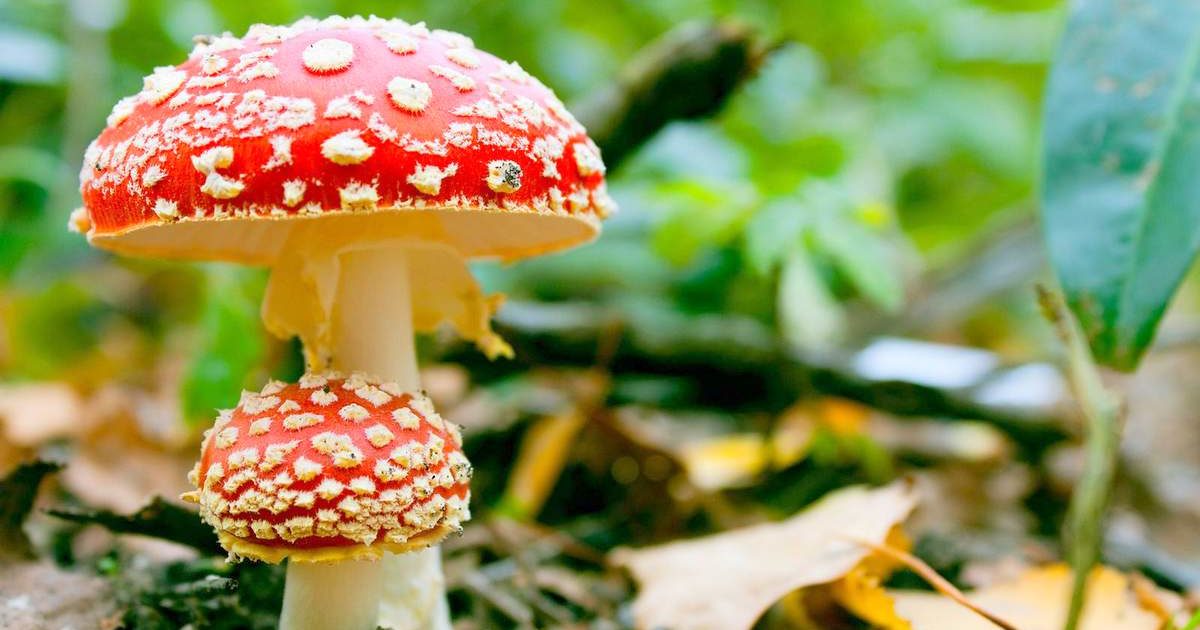 You may be interested in:
You may be interested in:Amethyst varnish with a purple leg and a hat
Lacovica amethyst belongs to the family Ordinary and Lacovita genus. Varnish is a small mushroom with a longitudinally fibrous purple leg and a hat, the shape of which changes as it develops. In immature specimens, the cap is hemispherical, and later becomes flat. The plates are located directly under the cap and slightly descend on the leg. The rich color of the varnishes fades and fades over time.
The pulp is thin, has a purple color and a rather delicate taste.
Cobweb purple
Spider web purple - a rare representative of his kingdom, belonging to the Spider Web family. The cap of the cobweb changes shape as it grows. If at first it is convex and with the edges down, then later it becomes flat and is covered with scales. The diameter of the cap does not exceed 15 cm.
The thick leg of the cobweb, the width of which reaches 2 cm, slightly condenses downward. On the upper part of the leg there are small scales. The length can vary from 6 to 12 cm.
The pulp has a dense texture. In mature specimens, the blue color of the flesh fades to almost white. Upon contact with air after cutting, the flesh acquires a brownish tint. The wide and rare plates of the cobweb, as if shrouded in a veil. The cobweb practically does not emit a smell, but has a pleasant nutty taste.
String with a purple hat and a thick leg
Ryadovka Belongs to the genus Govorushka and the Ordinary family. Ryadovka has other names, such as cyanosis, tit, and blue.
Titmouse - a rowfish with a rather large purple hat, with a diameter of 6-20 cm, refers to a conditionally edible species. The hat in young blue-eyed girls has a convex hemispherical shape with the edge turned down. In mature cyanosis, the hat becomes convex-spread.Initially, a bright hat as the fruit body grows acquires an ocher hue.
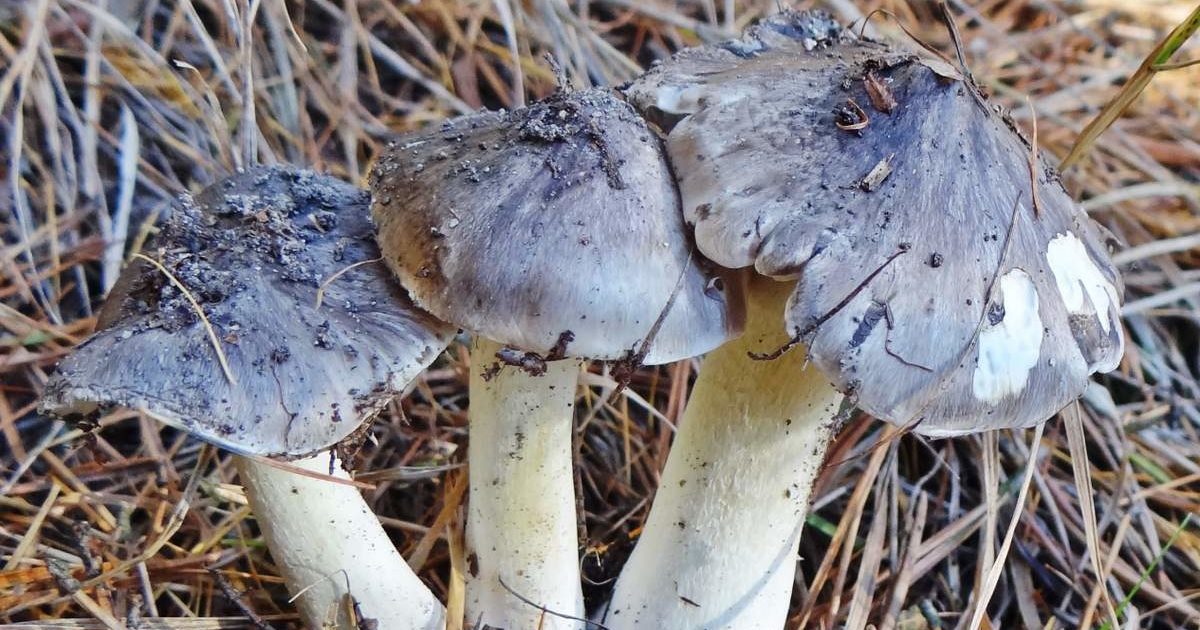 You may be interested in:
You may be interested in:The flesh of the row is fleshy and dense. Later, the flesh softens and, like a hat, acquires an ocher-cream hue. The length of the legs can reach 10 cm, and the width is 3 cm. The cyanosis leg has a dense texture and a cylindrical shape. On the surface of the legs directly under the hat there is a light flaky coating, and at the base there is a purple mycelium.
The blue foot has a specific taste and smell, which disappears after heat treatment.
Species that turn purple when cooked
When cooking, the goat's mushroom, or lattice, acquires a lilac color.
Kozlyak belongs to the genus Oiler. The diameter of the yellowish-brown hat of the lattice ranges from 3-12 cm. First, the cushion-shaped, and later the flat hat has a smooth, sticky surface. In wet weather, the hat is covered with mucus.
The peel on the hat is so tight that it is not removed at all or removed by rags. The length of the leg can reach 10 cm, and the thickness is only 2 cm. The leg, unlike the hat, is lighter and more matte, and in its shape resembles a cylinder.
The pulp is quite elastic, and later becomes rubbery, does not have a special smell and taste.
Difference from false, inedible mushrooms
Purple color may have inedible, poisonous species. One of these representatives is a false camphor lactum, which contains muscarinic poisons.
The round brown hat has a lilac hue, upon pressing which a brown spot forms. When cut, the flesh turns red and gives off the aroma of camphor or coconut. The clear juice that the grate releases is not to be misleading.
Umbrella violet also belongs to the inedible species, despite the fact that its fruiting body does not contain toxic and other dangerous substances.
The umbrella of the purple color is not eaten because of its specific bitter taste and unpleasant odor, which is not removed even during the heat treatment.
The cobweb is purple, you can also confuse it with the goat's cobweb, or smelly, which differs from its edible double in the unpleasant smell of acetone. The color of the goat's cobweb is pale lilac with a bluish tint. On the leg of the goat's cobweb there are lilac belts.
The amethyst varnish also has its false counterpart, called mycene net. This is a hallucinogenic mushroom, which differs from the varnish by the presence of white or slightly grayish plates and a rare aroma.
Places of growth of purple mushrooms in the suburbs
The cobweb can be found in coniferous and deciduous forests near pine, birch, oak, beech and spruce. On the territory of the Russian Federation, it grows in the Primorsky and Krasnoyarsk Territories, but recently the cobweb can be found in the suburbs.
Violet lacquer, as a rule, grows on well-moistened soils in coniferous forests near moss. But it can also be found in mixed and deciduous forests not far from oak trees.
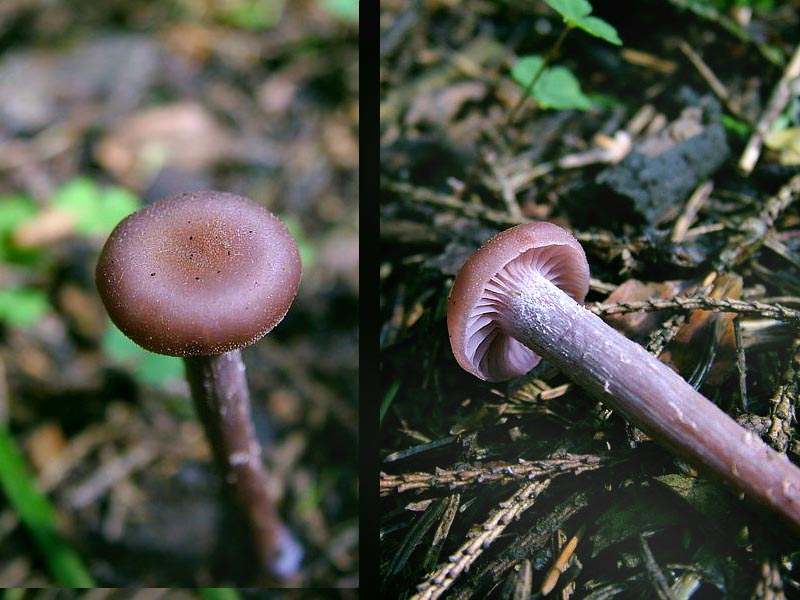
Pecica, in turn, grows exclusively in places after fires or bonfires and, as a rule, grows in large groups. The fungus is widespread not only in the suburbs, but also throughout Europe and North America, although even there it is quite rare.
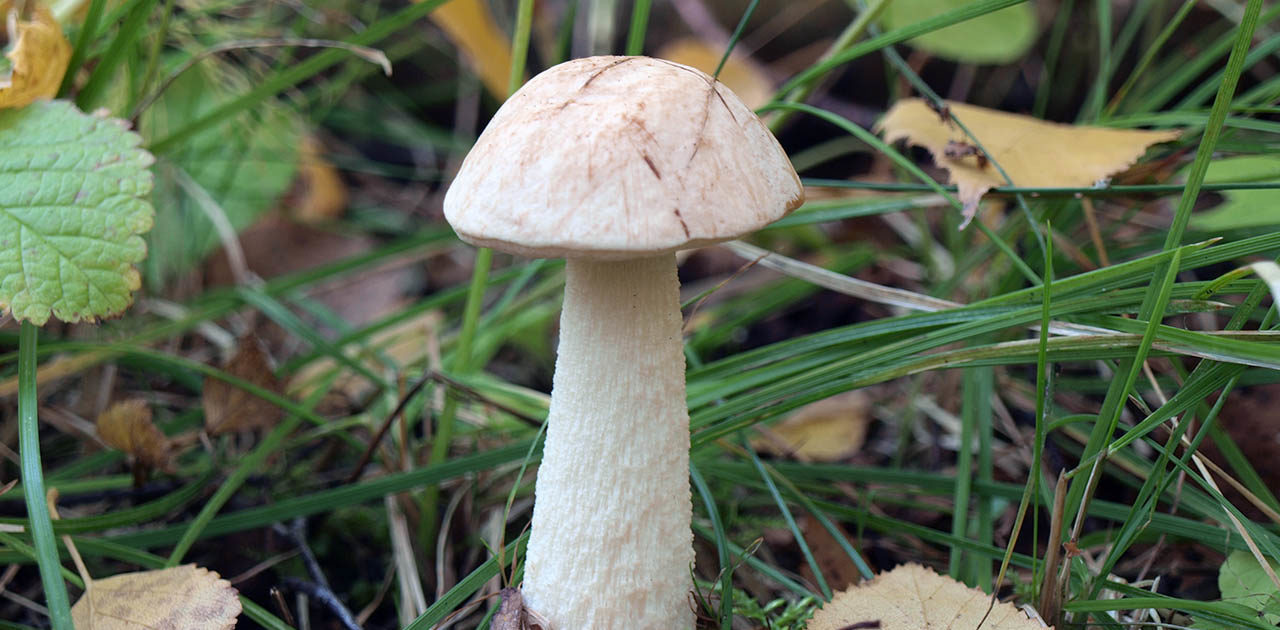 You may be interested in:
You may be interested in:Ryadovka is common in the temperate zone of the Northern Hemisphere, which corresponds to Siberia and the European part of Russia. It is a saprophyte and grows on decaying foliage, fallen needles and compost heaps. Rowing can be found in coniferous, mixed forests and even gardens. Cyanosis tolerates the first frosts pretty well, so it can bear fruit until November. The rowman most often grows in groups, and sometimes forms “witch circles”.
Useful properties and restrictions for use
Ryadovka is rich in B vitamins, as well as manganese, copper and zinc. This type is actively used not only in cooking, but also in medicine, because cyanosis is used to produce antibiotics and antifungal agents.
In addition, cyanosis reduces glucose, has an anti-inflammatory and immunostimulating effect. The cobweb has similar beneficial properties as cyanosis, because it contains identical beneficial substances and trace elements.
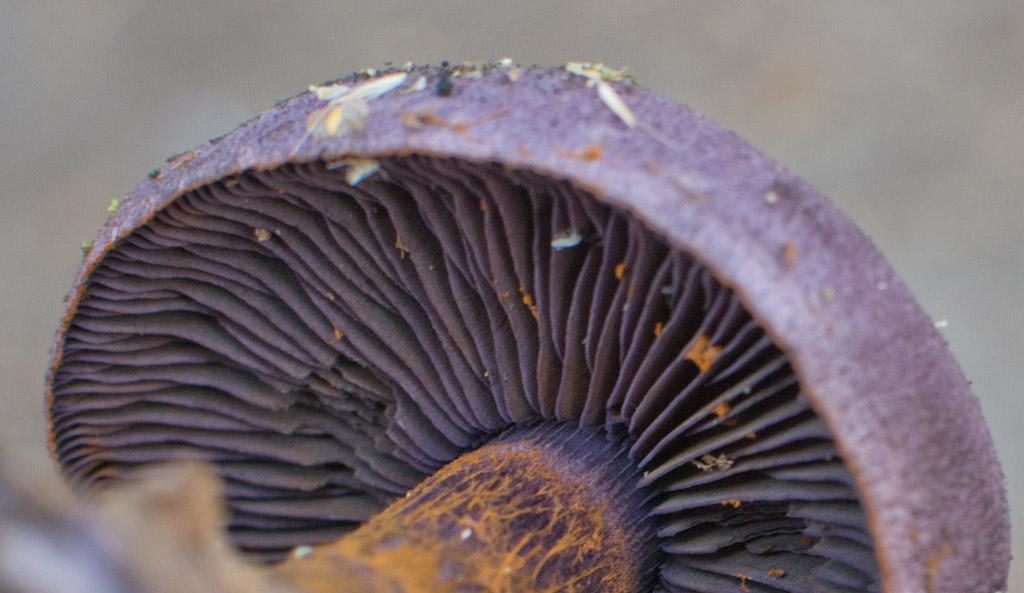
Pecica, in turn, positively affects the clarity of vision, dilutes the blood and thereby prevents the appearance of varicose veins and thrombophlebitis. Pepper tincture is used to treat kinetosis. Pepper also contains a large amount of vitamin C, which enhances human immunity.
Mushrooms should not be abused by people with diseases of the digestive tract. And in case of serious diseases, such as ulcers, gastritis, pancreatitis, it is worth completely abandoning their use. Also, this product should not be consumed by children under 10 years old and pregnant women, since it is rather difficult to digest and absorb by the body.
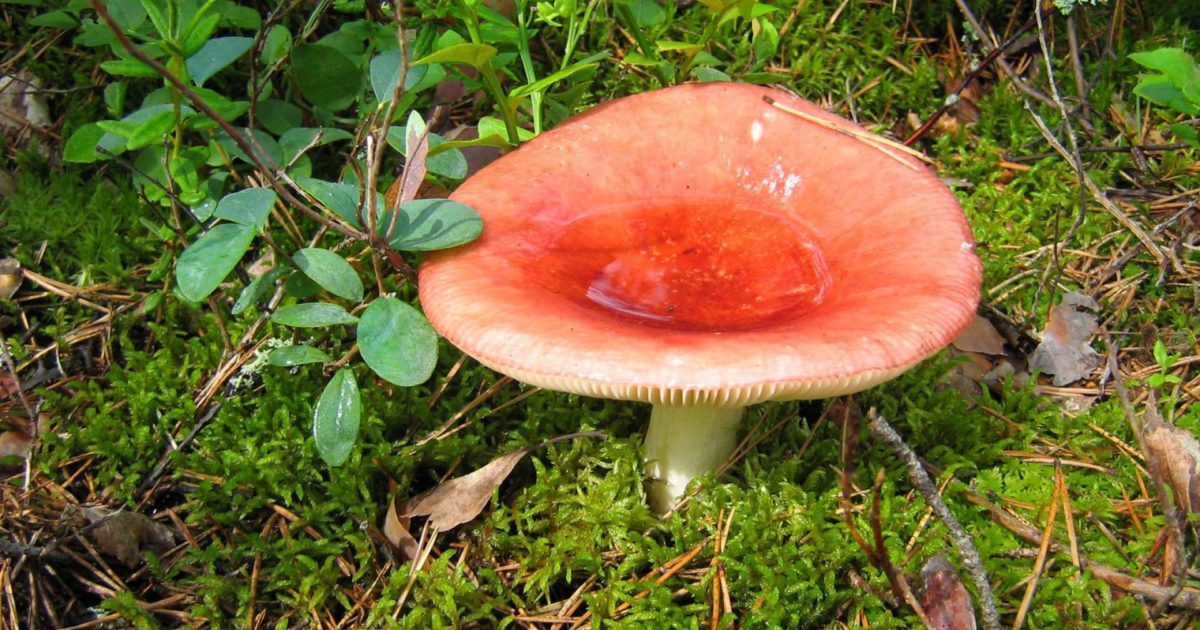 You may be interested in:
You may be interested in:Answers to widespread questions
Mushrooms with a lilac color are bright representatives of their kingdom, which attract lovers of "quiet" hunting with their exotic appearance. But they have not only a bright and memorable color, but also many useful properties that are used in both folk and evidence-based medicine, as well as in cooking.

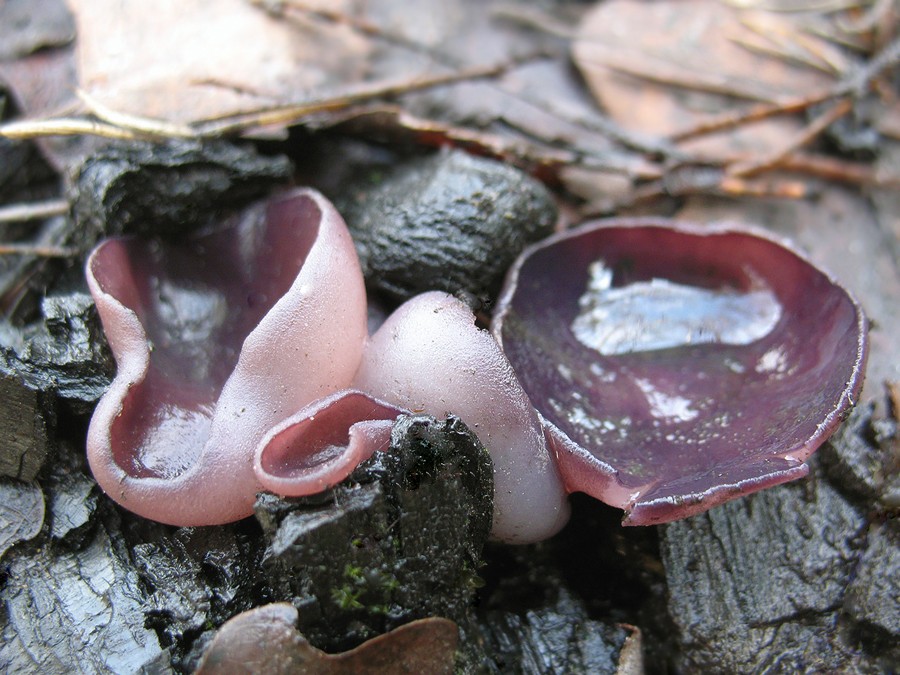
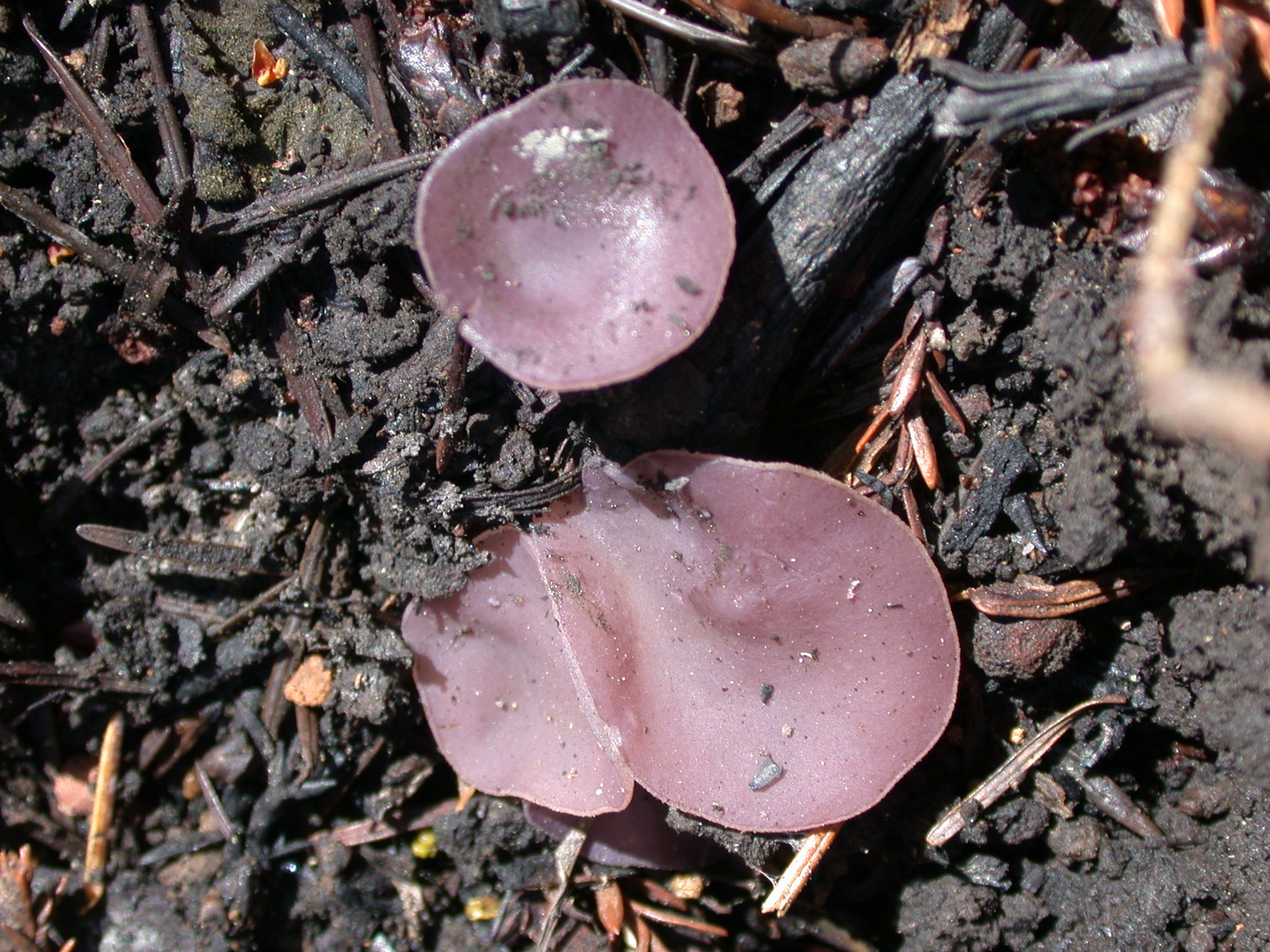
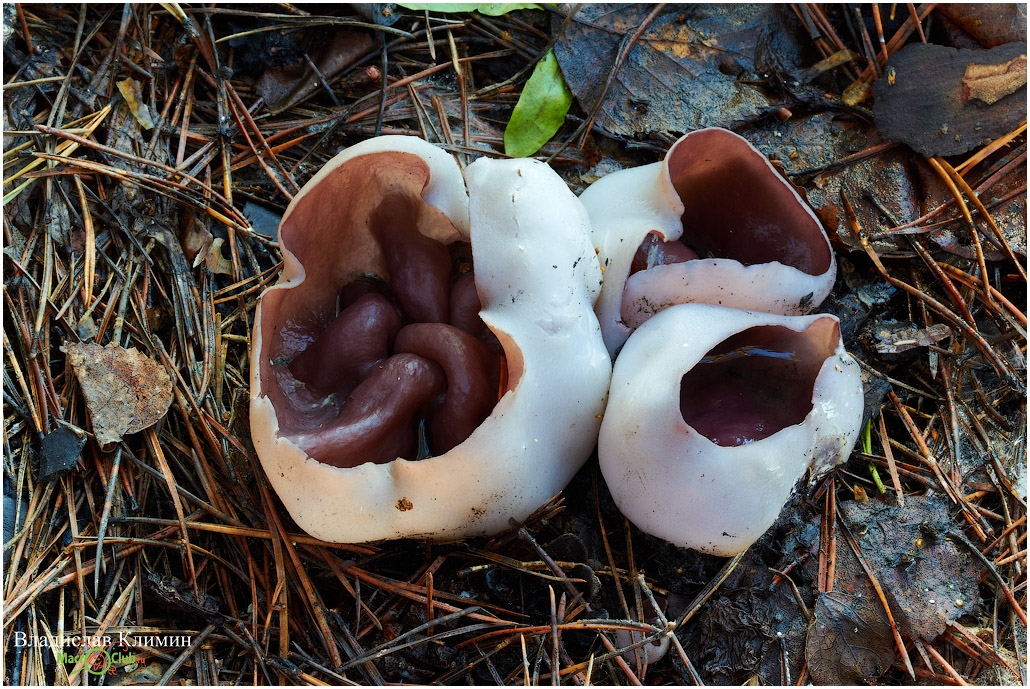
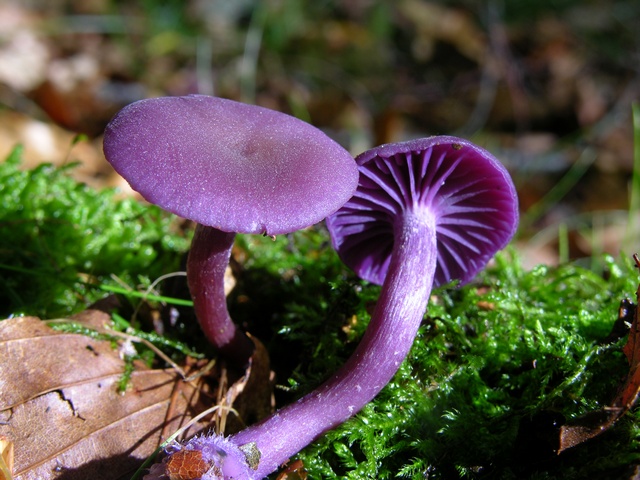
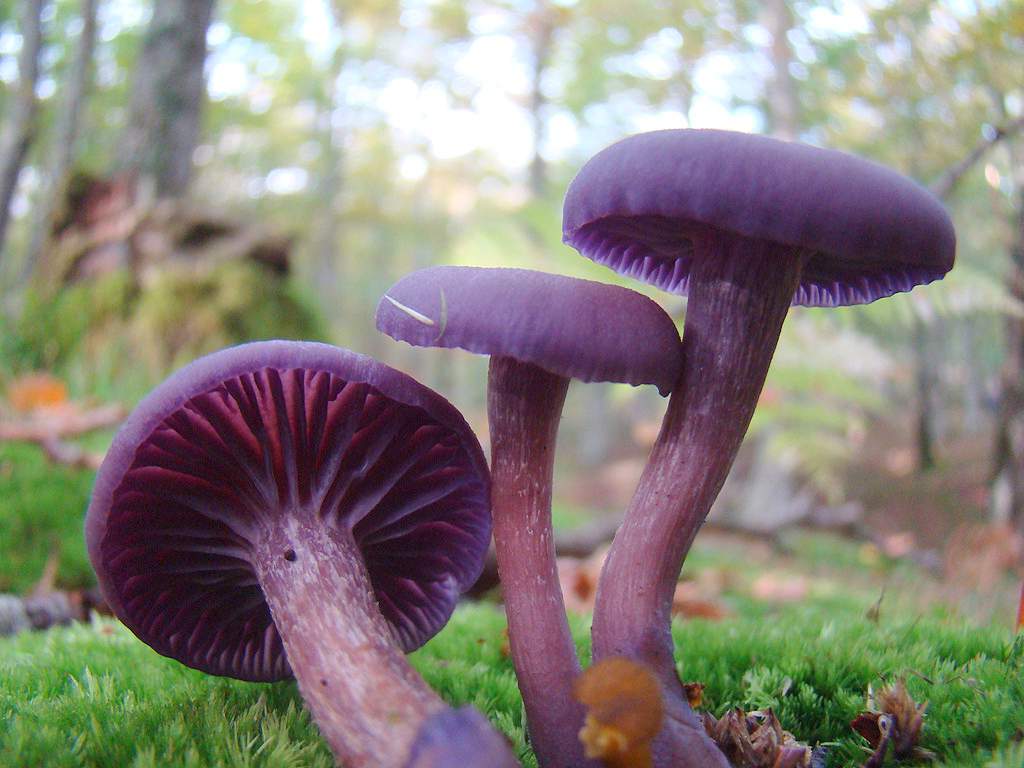
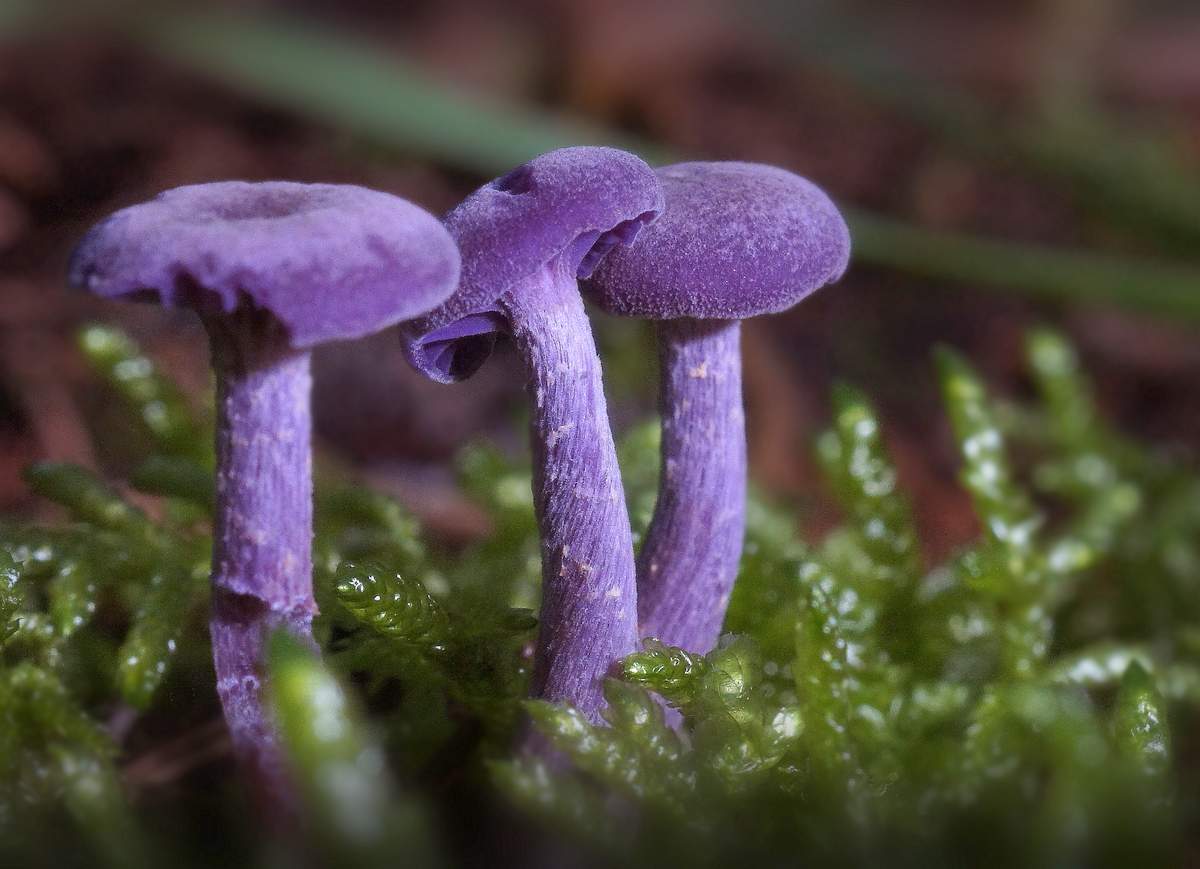
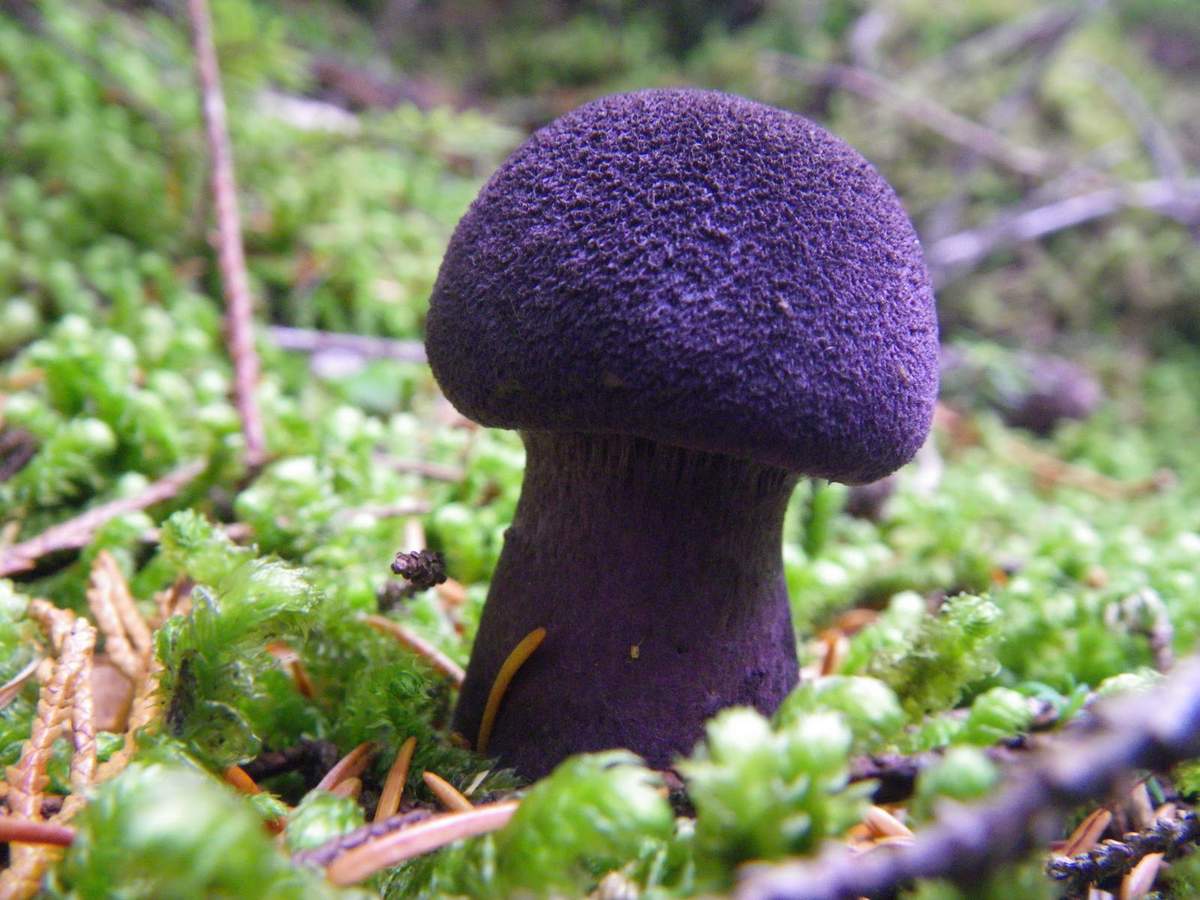
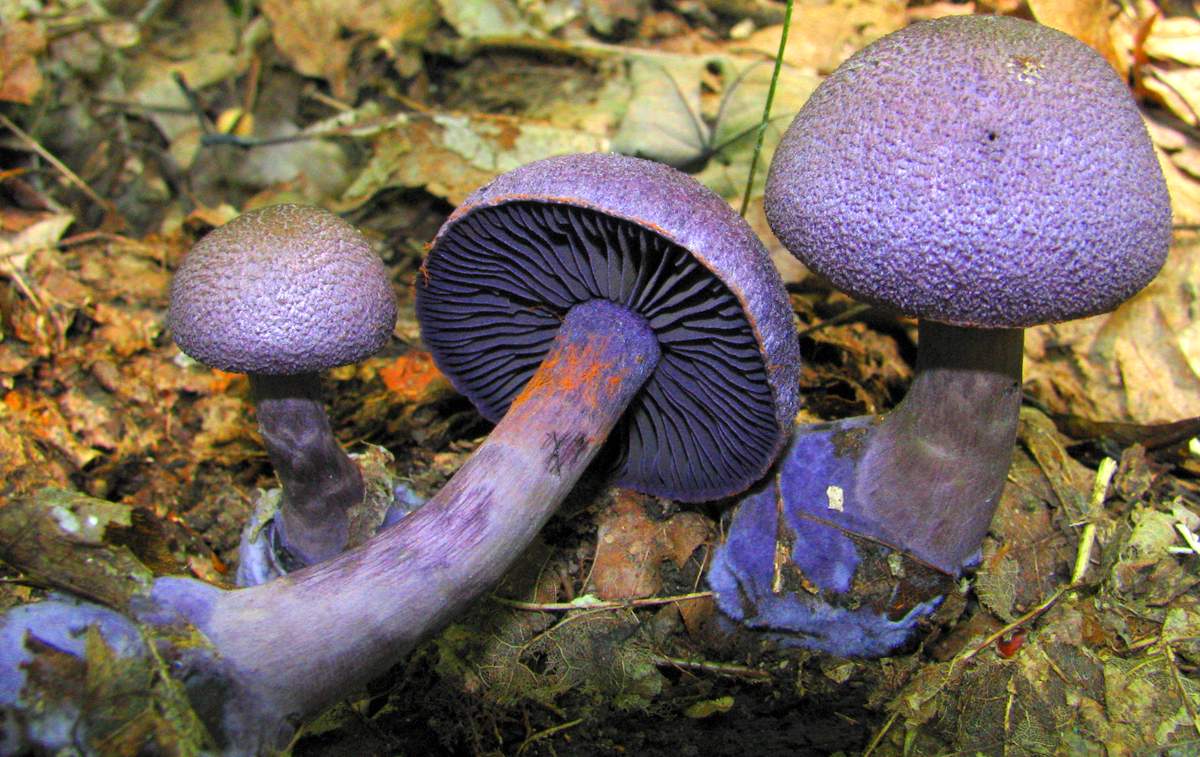
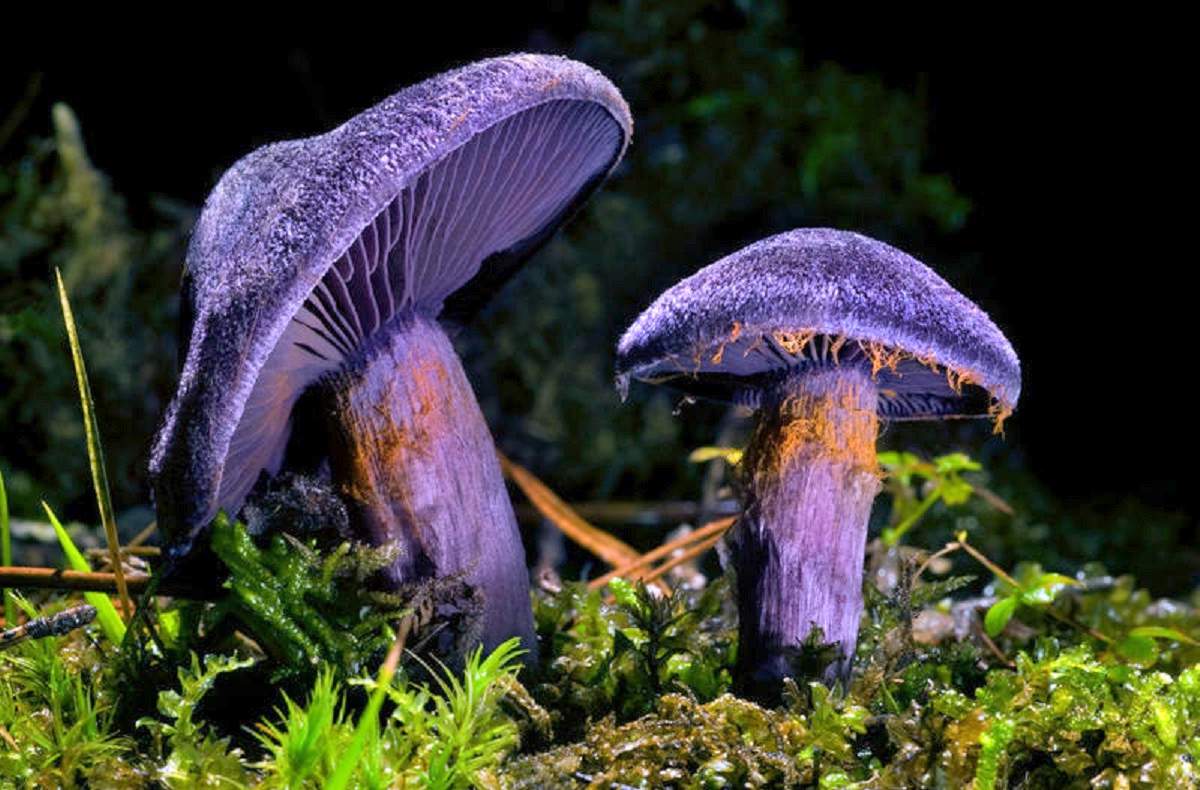
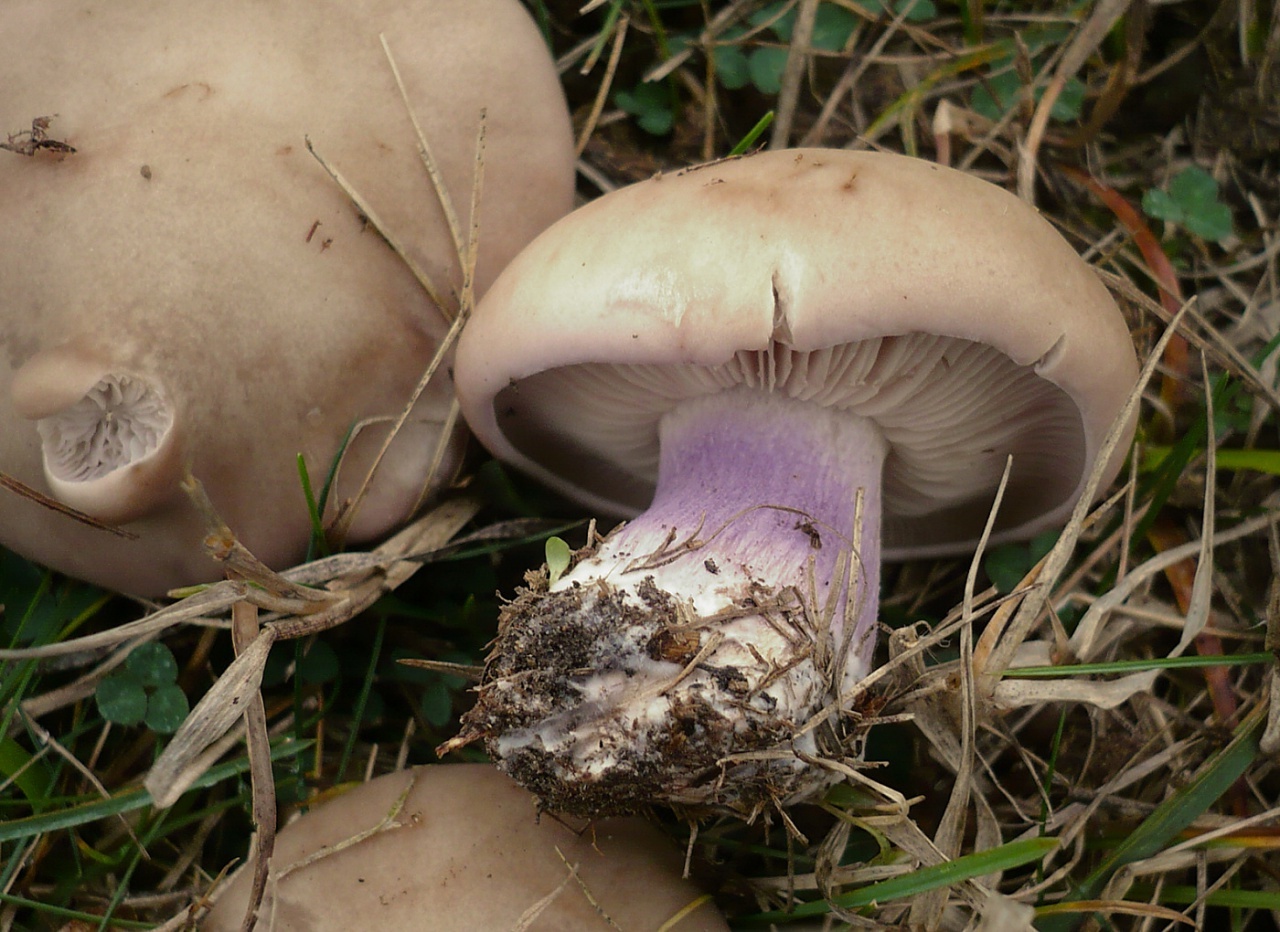
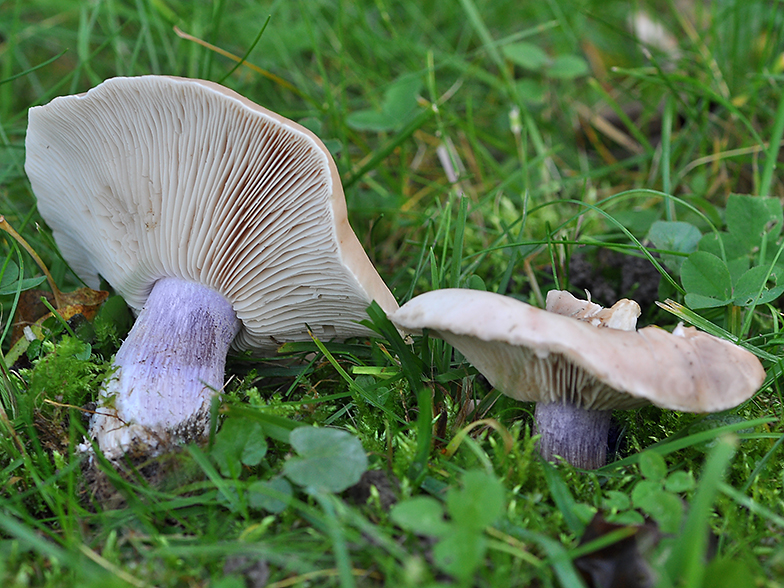
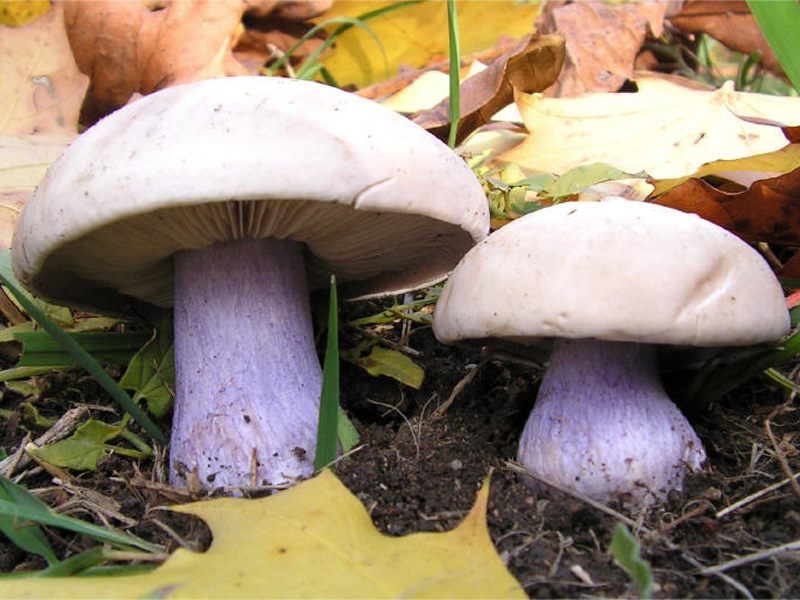
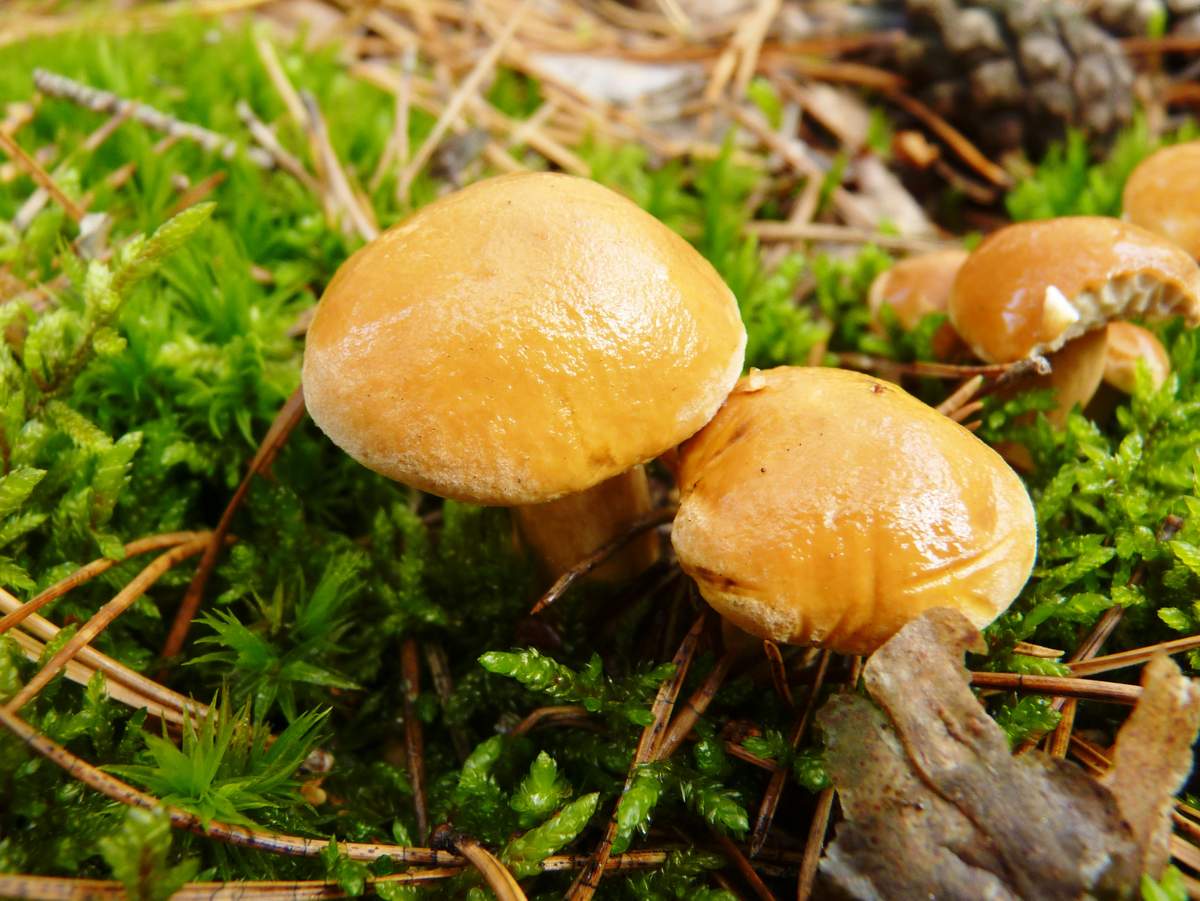
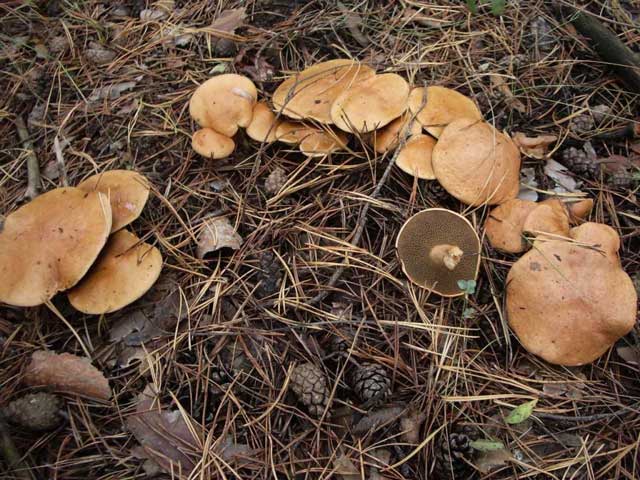
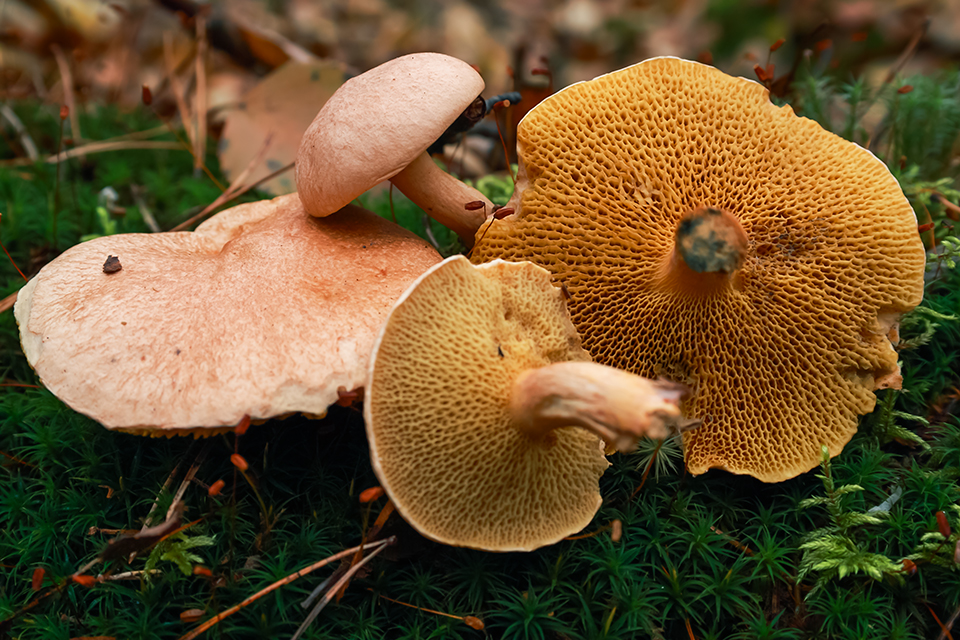



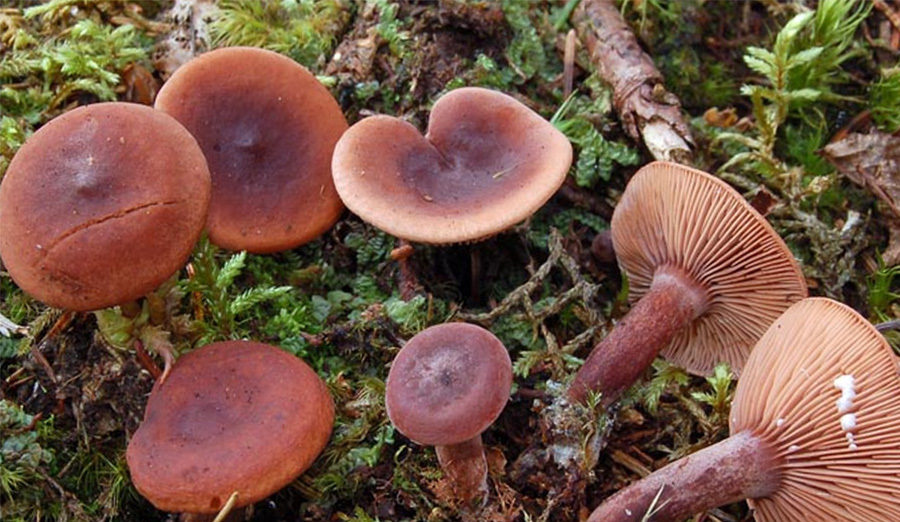
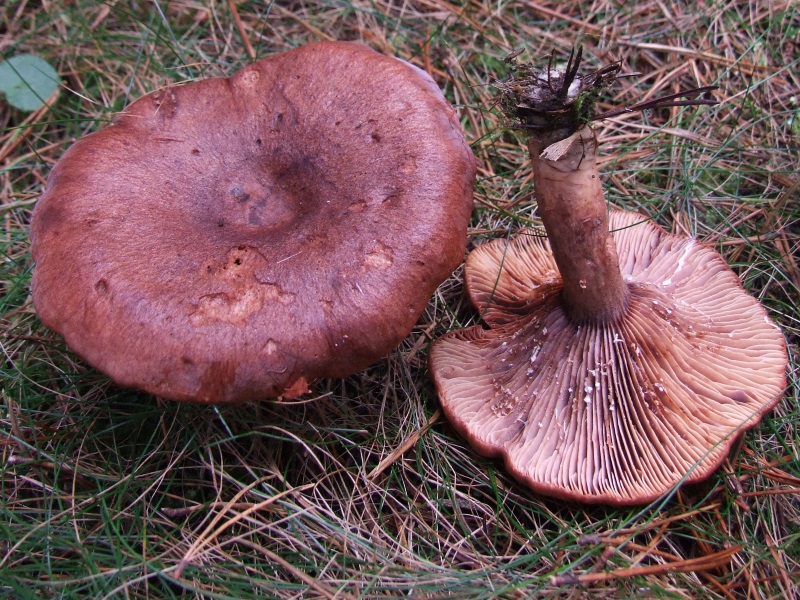
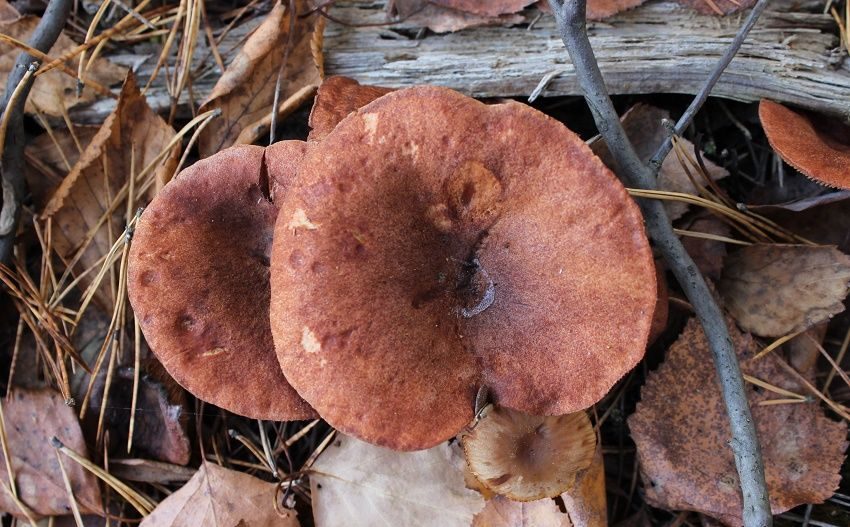
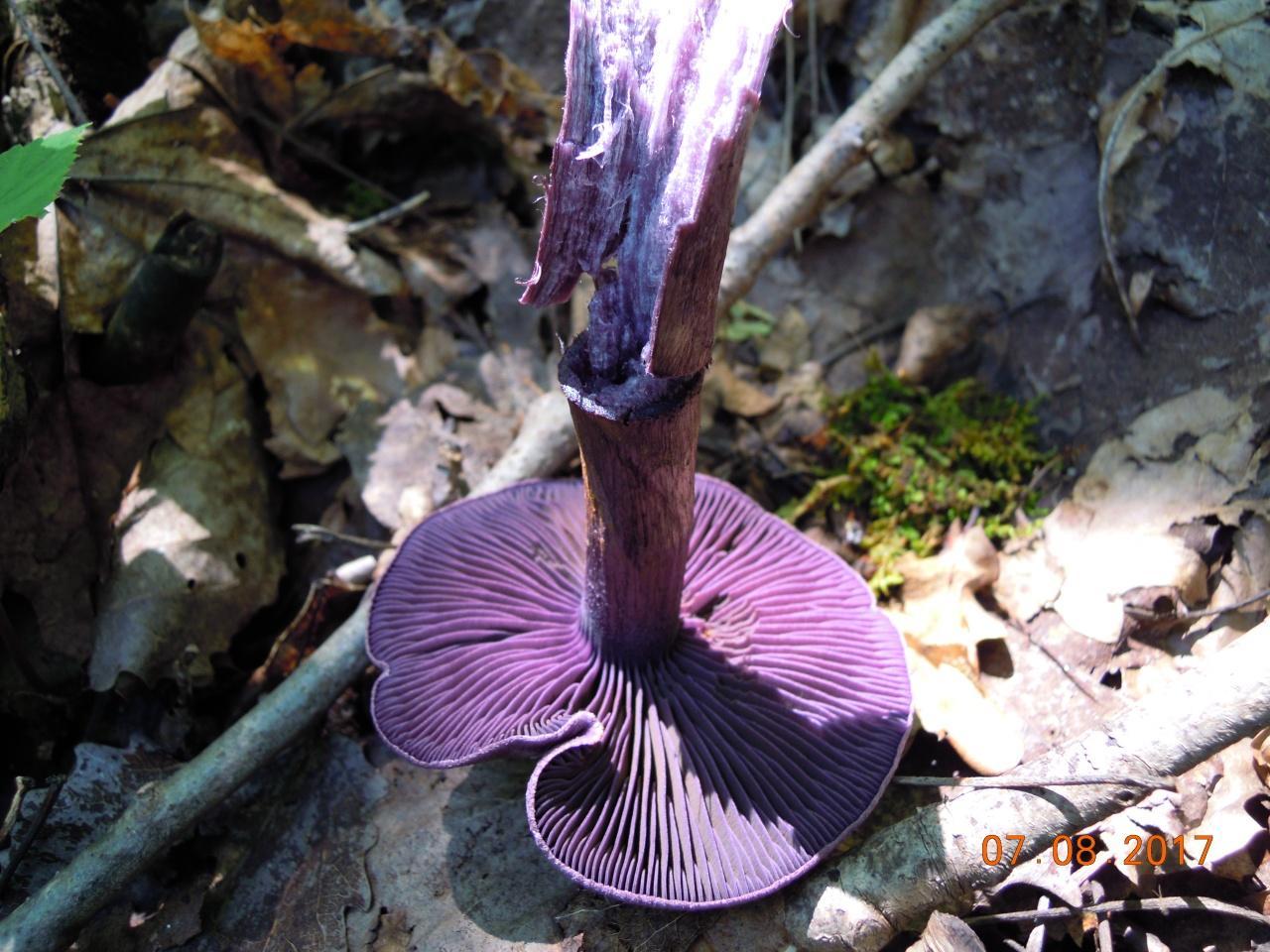
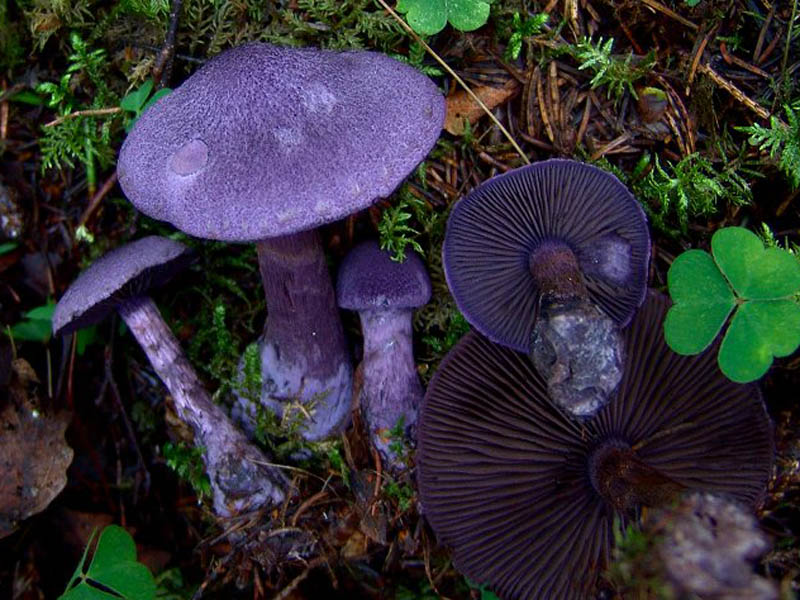
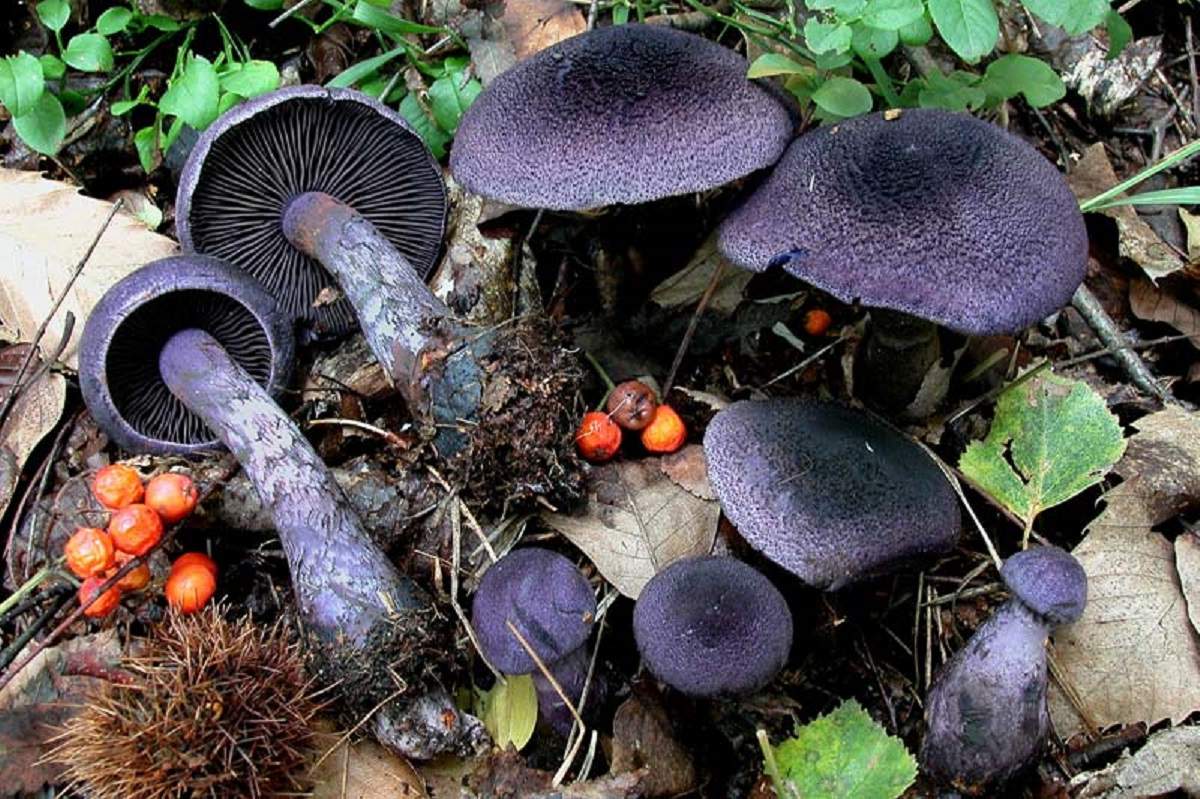
 Care and use of Kombucha at home (+22 photo)
Care and use of Kombucha at home (+22 photo) Edibility of the fungus of the motley umbrella and its description (+19 photo)
Edibility of the fungus of the motley umbrella and its description (+19 photo) Description of edible and inedible oils, their poisonous counterparts (+40 photos)
Description of edible and inedible oils, their poisonous counterparts (+40 photos) Useful properties of milk mushroom and its contraindications (+17 photos)
Useful properties of milk mushroom and its contraindications (+17 photos)